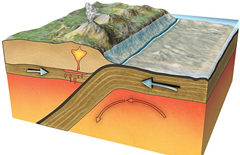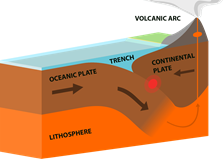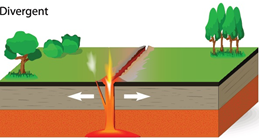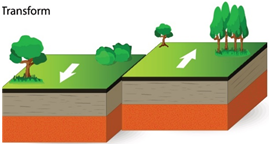

14th October 2023 (10 Topics)
Context:
Scientists discover a long-lost tectonic plate 'Pontus', an ancient mega-plate that disappeared 20 million years ago.
What is Pontus (Key-Findings)?
- Pontus is a tectonic plate that existed around 150 million years ago in the western Pacific.
- Size: Called Pontus, the 'mega-plate' was once 15 million square miles, about a quarter the size of the Pacific Ocean today. But over time it was subducted into Earth's mantle and eventually lost.
- Name game: Scientists have dubbed it the "Pontus plate" because at the time of its existence, it sat under an ocean known as the Pontus Ocean.
- Location: The plate is known only from a few rock fragments from the mountains of Borneo and the ghostly remnants of its huge slab detected deep in Earth's mantle.
- In addition to northern Borneo, Pontus plate relics were found in Palawan, an island in the Western Philippines, and the South China Sea.
- The study was published in the journalGondwana Research.
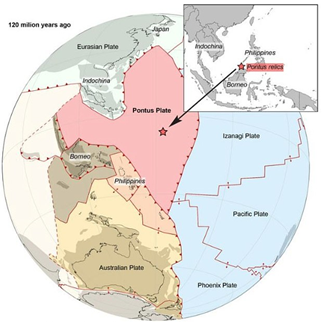
Why did it disappear?
- Pontus has been gradually subducted beneath the earth over the last millions of years. Scientists believe this gravitational force came from a neighboring plate.
- In the ancient geological past, large plates have since disappeared into Earth's mantle by means of 'subduction'.
|
Subduction
|
What led to the discovery?
- Background: Scientists predicted the existence of the Pontus about a decade ago. The prediction came after they discovered fragments of old tectonic plates deep in the Earth’s mantle.
- In the current study, scientists reconstructed the lost plates by combining field research with extensive investigations of Japan, Borneo, the Philippines, New Guinea, and New Zealand Mountain belts.
- These areas were believed to be the “most complicated plate tectonic region.”
What are Tectonic Plates?
- Plate tectonics is a scientific theory that explains how major landforms are created as a result of Earth’s subterranean movements.
- The theory, which solidified in the 1960s, transformed the earth sciences by explaining many phenomena, including mountain building events, volcanoes, and earthquakes.
- In plate tectonics, Earth’s outermost layer, or lithosphere—made up of the crust and upper mantle—is broken into large rocky plates.
- These plates lie on top of a partially molten layer of rock called the
- Due to the convection of the asthenosphere and lithosphere, the plates move relative to each other at different rates, from two to 15 centimeters (one to six inches) per year.
- This interaction of tectonic plates is responsible for many different geological formations such as the Himalaya mountain range in Asia, the East African Rift, and the San Andreas Fault in California, United States.
|
Convergent Boundaries
|
|
|
Divergent Boundaries
|
|
|
Transform Boundaries
|
|
